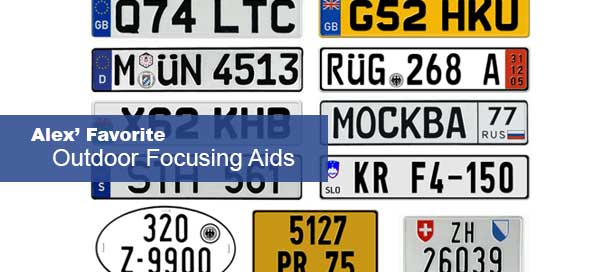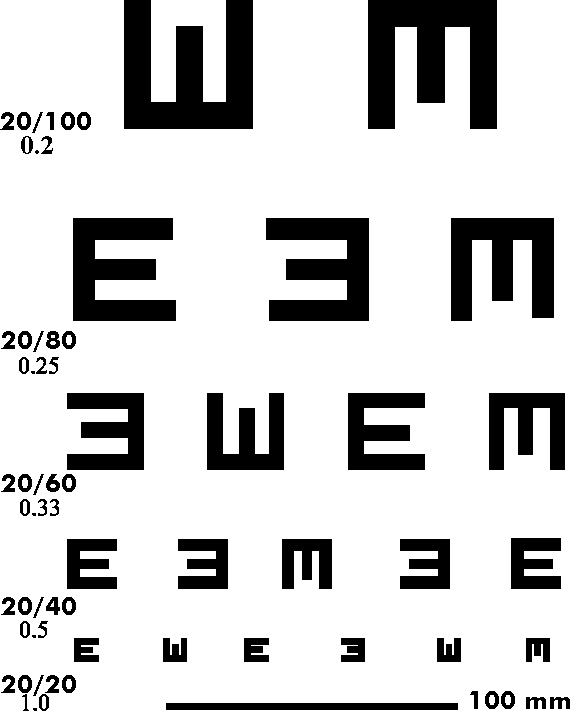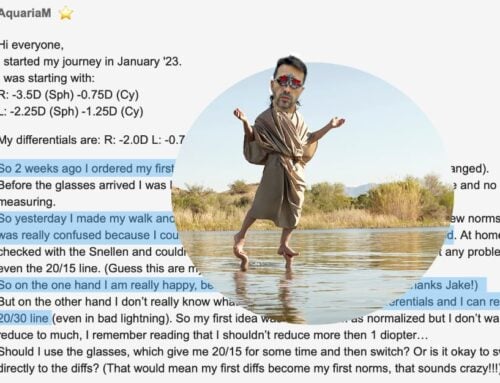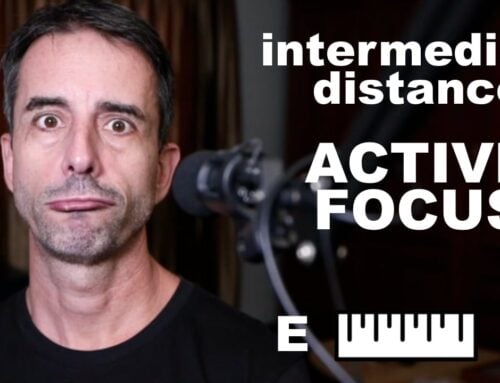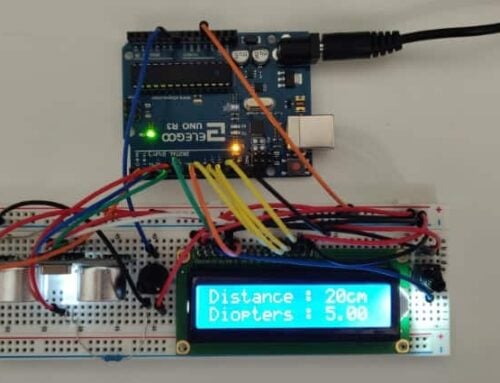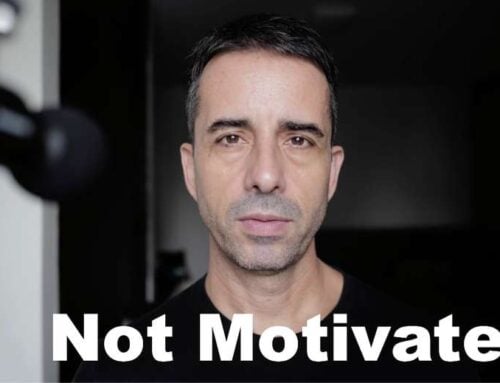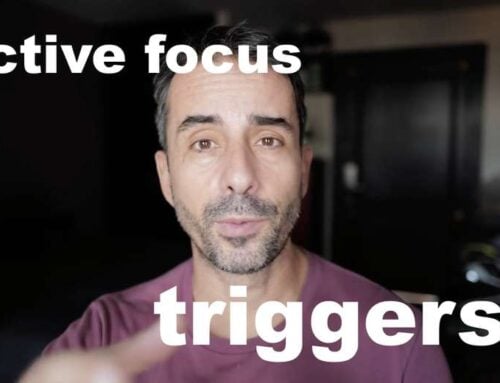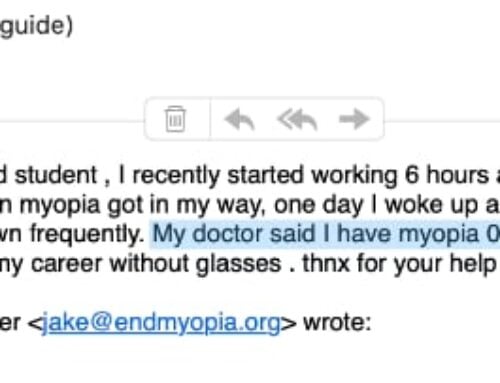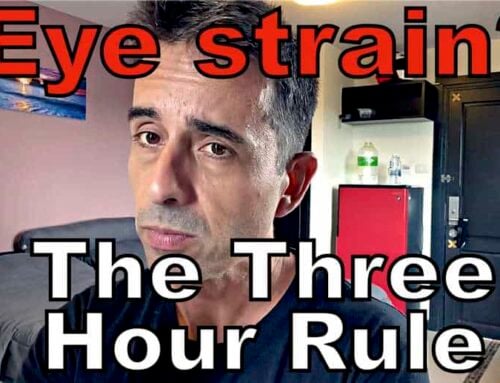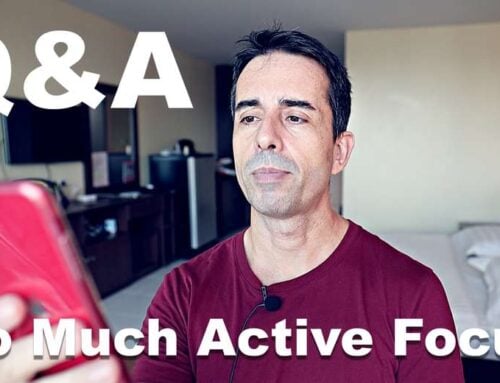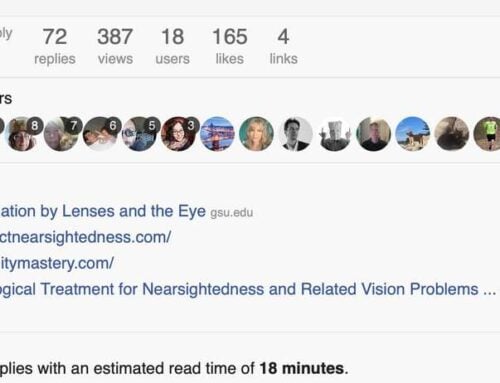Just a quick note from me today, for those of you working on either close-up or distance vision.
You may notice that I always talk about reading. Even in the advanced installments, where we discuss the difference between recognizing blur vs. double vision, we always look at writing – rather than pictures or shapes.
Most of the eye charts you will see, share this trait. It is usually letters, and if not letters, than shapes that mimic the concept of the written word. Clear straight lines, predictable recurring angles, occasionally perhaps circles. When you are actively working on recognizing an object at the edge of your focusing ability, having a known shape is of great help in achieving active focus.
An alternate type of eye chart.
It is rather more difficult to pull into focus leaves, blades of grass, or other patterns that may a) be in motion or b) not have a specific, singularly defining, predictable geometry. Contrast further improves our ability to focus, so for many the black test on white background further increases the odds of pulling the writing out of the blur, into sharp relief.
If you enjoyed photography before the current advanced auto focus technology, you may remember the first auto focus cameras – they required clear lines, often, to derive correct focus (especially in low light or challenging conditions). Your eye, when operating at challenging distances, is much the same.
So when you are outdoors in particular, and the world just seems a bit blurry, find some writing. License plates are my favorite, as they have very clear fonts, and occur at most any distance you might want to use. Once you find a few of those, work on the focus there, you may find that the rest of your surroundings begins to resolve into greater clarity.
There are other factors contributing to this, which is why writing is also better than using simple geometric shapes. You may notice that you can just read one or two letters – but once you do, the others begin to emerge. The aspect of reading multiple strings of letters, resolving each, can help further focus your eye. This is especially true once you are working more with double vision, rather than just blur (for most, after the first 60-90 days of the program).
Your brain plays a sizable role in this. We see this most clearly in children, that focusing just stops happening, when the child believes that the image is blurred. The same is true for us adults. Much as other aspects of our physiology cooperate when we believe that the feat is possible, providing a recognizable shape for the mind to process often jumps starts the process of the eyes focusing.
Bear all this in mind, as you continue to work on focus. Along with blinking, sometimes giving your eyes a moment, finding the letters that you can see, and allowing the rest of them to resolve, can become a good habit (with a bit of practice).
Enjoy!

